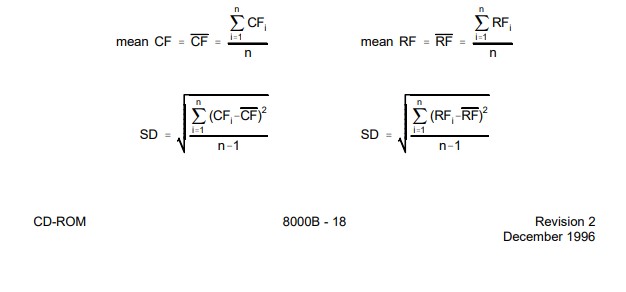EPA Method 8000B
Analytical chromatography is used to separate target analytes from co-extracted interferences in samples. Chromatographic methods can be divided into two major categories: gas chromatography (GC) and high performance liquid chromatography (HPLC). 1.2.1 Gas chromatography (more properly called gas-liquid chromatography) is the separation technique of choice for organic compounds which can be volatilized without being decomposed or chemically rearranged. 1.2.2 High performance liquid chromatography (HPLC) is a separation technique useful for semivolatile and nonvolatile chemicals or for analytes that decompose upon heating.
Successful liquid chromatographic separation requires that the analyte(s) of interest be soluble in the solvent(s) selected for use as the mobile phase. Because the solvents are delivered under pressure, the technique was originally designated as high pressure liquid chromatography, but now is commonly referred to as high performance liquid chromatography. 1.3 All chromatographic processes achieve separation by passing a mobile phase over a stationary phase.
Constituents in a mixture are separated because they partition differently between the mobile and stationary phases and thus have different retention times. Compounds that interact strongly with the stationary phase elute slowly (i.e., long retention time), while compounds that remain in the mobile phase elute quickly (i.e., short retention time). 1.3.1 The mobile phase for GC is an inert gas, usually helium, and the stationary phase is generally a silicone oil or similar material.

There are no products listed under this category.